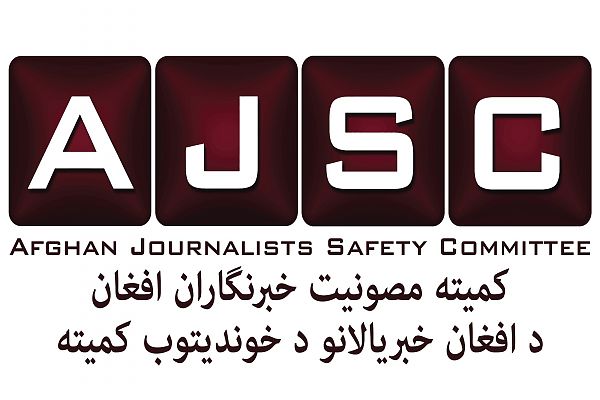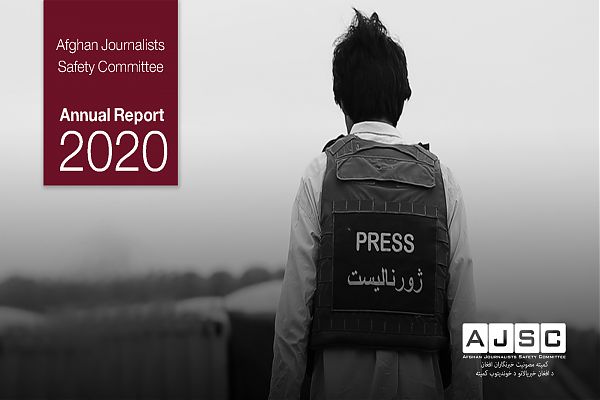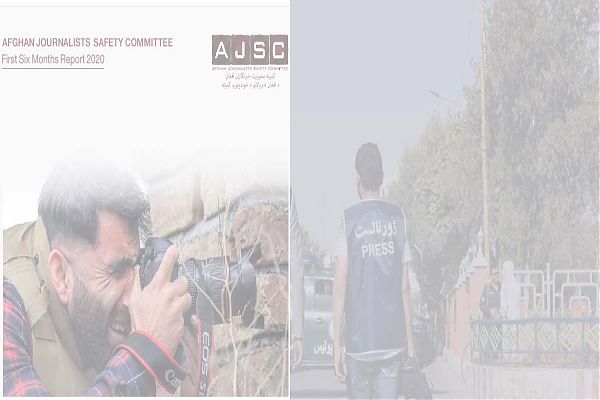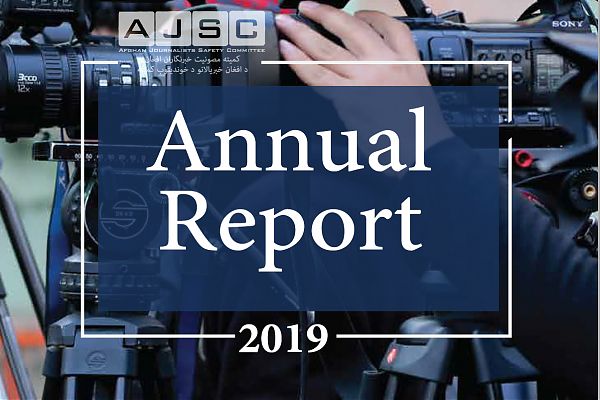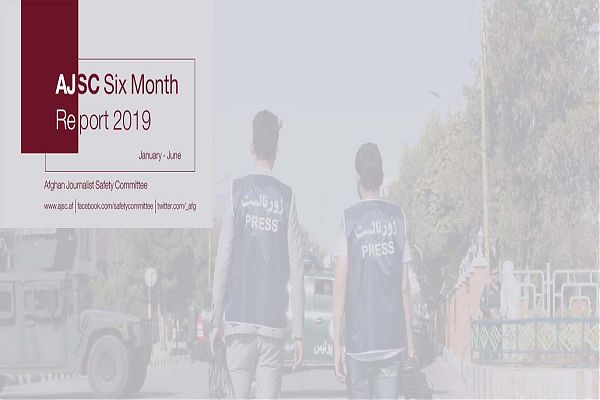2014 was the most violent year for Afghan journalists. This year witnessed the highest number of cases of violence against journalists in the history of Afghan media. Eight journalists lost their lives during professional work. Moreover, media organizations faced significant financial difficulties resulting from political instability, intensified insecurity and declining international aid.
Despite all challenges, the media showcased exceptional professionalism in providing press coverage to the political, security and economic transition of the country all of which happened during 2014.
Although the number of cases of violence against journalists has dropped in the second half of 2014 compared to the first half, violence and intimidation has risen compared to last year. In this reporting period, which contains July through December 2014, the cases of violence and intimidation against journalist’s amounts to 61 showing 11% decrease compared to the first half of 2014, where AJSC recorded 68 cases. However, the figures show 74% increase compared to the same period in 2013 where AJSC recorded 35 cases. During 2013 a total of 76 cases were recorded by AJSC, while this number reached to 129 in 2014 which shows a 69% increase from last year.
An important point of consideration regarding the data recorded for the second half of 2014 is the increase in the number of cases of violence perpetrated by the Taliban and powerful individuals or warlords. The Taliban alone account for 21% of the cases of violence over the last six months of 2014 whereas they were responsible for 11% of the cases of violence during the first six months of 2014. Similarly, warlords accounted for 11% in the first six months of 2014 while they are responsible for 26% of these incidents during the second half of 2014. Increase in the level of violence of the Taliban against journalists should be taken serious considering the latest threat statements of the Taliban directed to media and civil society.
Although, lower than the first six months of this year and the same time period of the last year, the number of incidents of violence against journalists committed by government officials (GOV), particularly security forces, continues to remain the highest. GOV was responsible for 63% of the incidents of violence during the first six months of 2014, and now GOV were involved in 34% of the incidents during the second half of the year. This decline has been largely the result of the continued advocacy by media support organizations, which prompted senior officials of the National Unity Government to voice their support for media and freedom of expression and fulfill some of their pledged commitments.
The prevailing culture of impunity coupled with the lack of awareness on the part of government officials particularly security forces about the rights and duties of journalists constitute the biggest causes of violence and intimidation. Absence of any meaningful laws to address journalists’ safety is yet another cause. Afghanistan still lacks a law that is dedicated to addressing perpetrators of violence against journalists.
Additionally, increase in the level of insecurity over the last six months including suicide attacks and roadside bombs is also considered among the causes of the unprecedented escalation of violence against journalists in 2014. In 2014, three journalists lost their lives and another thirteen wounded as a result of suicide attacks and explosions.
Lack of prosecution of perpetrators has emboldened warlords to increase attacking journalists. In the second half of 2014, warlords are responsible for 26% of violence against journalists. These figures have tripled compared to last year.
Freedom of speech is the biggest achievement of the post-Taliban Afghanistan. However, these gains are still fragile as Afghanistan is not capable of preserving this achievement without support from international community. As media is a crucial element of nation building, state building and solidification of democracy, supporting media and freedom of expression needs to remain in the agenda of Afghanistan’s international partners. Equipping media outlets with the tools so that they can develop effective business plans is highly necessary.
Endorsement of Access to Information Act is yet another big achievement of Afghanistan towards strengthening freedom of expression and its role in promoting transparency. The Afghan government must ensure proper implementation of the law and prevent from meddling of the government officials and government agencies in the implementation affairs.
Female media workers need special support so that they can improve their professional skills. Afghanistan’s media landscape still lacks sufficient female journalists.
Afghan president and Chief Executive Officer need to implement the pledge they made during election campaigns by signing the Commitment Letter prepared by Media Support Organizations. Actions taken in support of media during 2015 will be crucial in determining the future of media in Afghanistan.
Note: To read the full report, click here.

